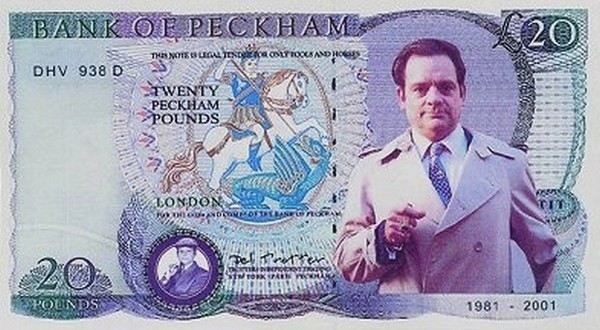British Thoroughbred race horse Brigadier Gerard raced for just three years. However, during that short timeframe, Brigadier Gerard won 17 of 18 races and hearts of English race fans. His success inspired horse racing experts to proclaim him the best race horse of the 20th century.
Brigadier Gerard debuted in 1970 as a two-year-old. Ridden by Joe Mercer, Brigadier Gerard won the Berkshire Stakes in his first race before running his second event just over a week later. Fatigue was not a factor for the horse as he won again, this time at the Champagne Stakes in Salisbury. In all, Brigadier Gerard won all four of his races in his rookie season, setting him up for further success in the years to come.
By the time 1971 rolled around, Brigadier Gerard had made quite the name for himself; and by the end of 1972, he had completely altered the landscape of horse racing, becoming the most famous British Thoroughbred.
As 1971 ended, Brigadier Gerard had pushed his record to a perfect 10 wins from 10. His record influenced horse racing insiders to name him the Horse of the Year and he also received the Champion Miller award.
The 1972 season was more of the same for Brigadier Gerard as he moved to a perfect 15 wins. It was at 15 that the racing great’s win streak ended. Running at the Benson & Hedges Gold Cup, Brigadier Gerard was defeated by Roberto. Despite suffering his first loss, Brigadier Gerard was still awarded the Horse of the Year honours in 1972. Two more races followed – the Queen Elizabeth II Stakes and the Champion Stakes – and both ended in wins for Brigadier Gerard. He was put out to stud following his final victory and lived until 1989.
